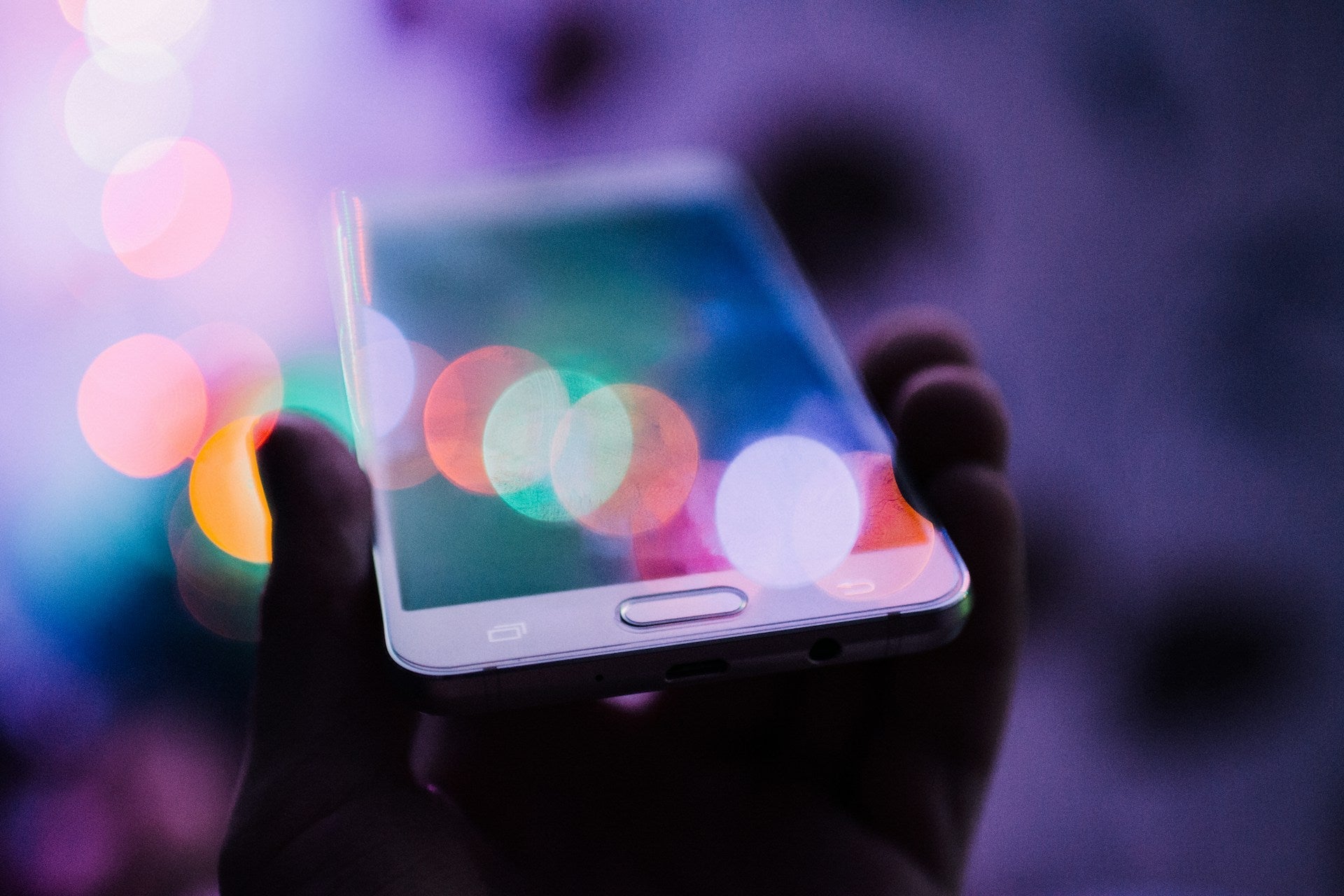The Impact of Screens on Your Eyes and Mental Health

In the era of smartphones, tablets, and laptops, screens have become an integral part of our daily lives. From work to entertainment and socializing, we are constantly immersed in the glow of digital devices. While these technological advancements bring convenience, they also raise concerns about the effects of prolonged screen exposure on our eyes and mental well-being. Let's delve into the impact screens have on our eyes and mental health, and explore practical tips for reducing screen time.
Understanding the Impact on Vision
1. Digital Eye Strain: Staring at screens for extended periods can lead to digital eye strain, characterized by symptoms such as dry eyes, headaches, and blurred vision. The constant focus on screens reduces the frequency of blinking, causing eyes to become dry and irritated.
2. Blue Light Exposure: Screens emit blue light, which has shorter wavelengths and higher energy levels than other colors. Prolonged exposure to blue light, especially before bedtime, can interfere with our circadian rhythm, affecting the quality of our sleep.
3. Computer Vision Syndrome: Those who spend significant time on computers may experience computer vision syndrome, marked by eye discomfort, fatigue, and difficulty focusing. Adjusting the display settings, taking breaks, and using proper lighting can alleviate these symptoms.

Mental Health Matters: The Screen-Time Connection
1. Insomnia and Sleep Disruption: The blue light emitted by screens suppresses melatonin production, the hormone responsible for regulating sleep-wake cycles. Increased screen time, especially before bedtime, can lead to difficulty falling asleep and disrupted sleep patterns.
2. Digital Overload and Stress: Constant connectivity through screens can contribute to information overload and heightened stress levels. The barrage of notifications, emails, and social media updates can lead to feelings of overwhelm and anxiety.
3. Social Media Impact: Excessive use of social media, often accessed through screens, has been linked to negative mental health outcomes. Comparison, cyberbullying, and the pressure to present an idealized version of one's life contribute to increased stress and a decline in mental well-being.
Tips for Reducing Screen Time:
1. Implement the 20-20-20 Rule: Every 20 minutes, take a 20-second break and look at something 20 feet away. This helps reduce eye strain and gives your eyes a much-needed break.
2. Adjust Display Settings: Customize your device settings to reduce screen brightness and limit blue light exposure, especially in the evening. Many devices now offer a "night mode" that minimizes blue light emission.
3. Establish Tech-Free Zones: Designate specific areas, such as your bedroom or dining table, as tech-free zones. This helps create boundaries and promotes a healthier balance between screen time and other activities.
4. Set Screen Time Limits: Use built-in features on your devices or third-party apps to set daily screen time limits. These tools can help you become more mindful of your usage and gradually reduce dependency.
5. Practice Mindful Screen Use: Be intentional about how you use screens. Allocate specific times for checking emails and social media, and avoid mindlessly scrolling during moments of downtime.
6. Digital Detox Days: Consider implementing digital detox days where you disconnect from screens entirely. Use this time to engage in outdoor activities, read a physical book, or connect with friends and family face-to-face.
In conclusion, while screens have undoubtedly transformed the way we live and work, it's essential to be mindful of their impact on our eyes and mental health. By incorporating these tips and fostering a healthy relationship with technology, we can navigate the digital age with greater well-being and balance. Remember, moderation is key, and taking proactive steps to reduce screen time can contribute to a more fulfilling and harmonious lifestyle.





Comments